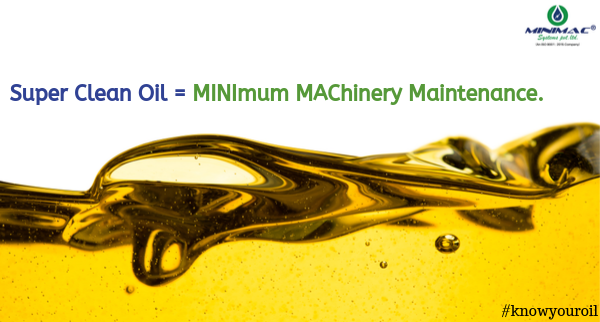Can all contaminants be seen with naked eyes?

As a part 2 of #knowyouroil series, we will discuss about Particle Contamination . Whenever we talk about contamination the first thing that comes to our mind is solid particles that we can see or feel. But what we do not understand is how big a particle can really cause wear and tear to your machines, can all contaminants be seen with naked eyes? Is it too late to wait until then? To answer the above questions we must first understand the actual clearance size of the different types of lubrication film formed between rolling and rotating components which is essential for providing proper lubrication. Oil film thickness in machinery is measured in microns (µm), or one-millionth of a meter. For queries related to Oil Testing, follow: https://www.linkedin.com/company/minimacsystemsprivatetlimited Below are the finest tolerance found in different types of components. When small pa



